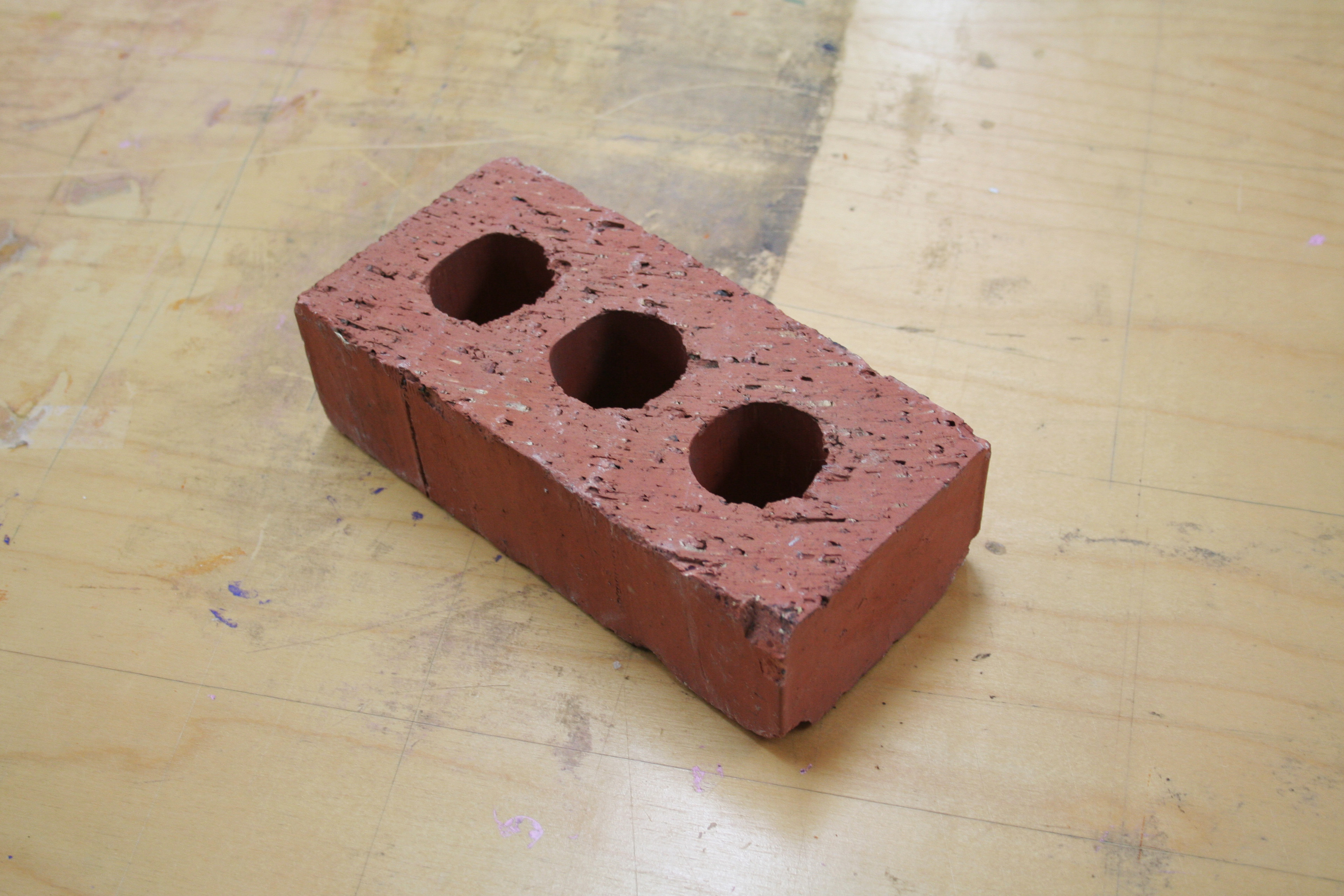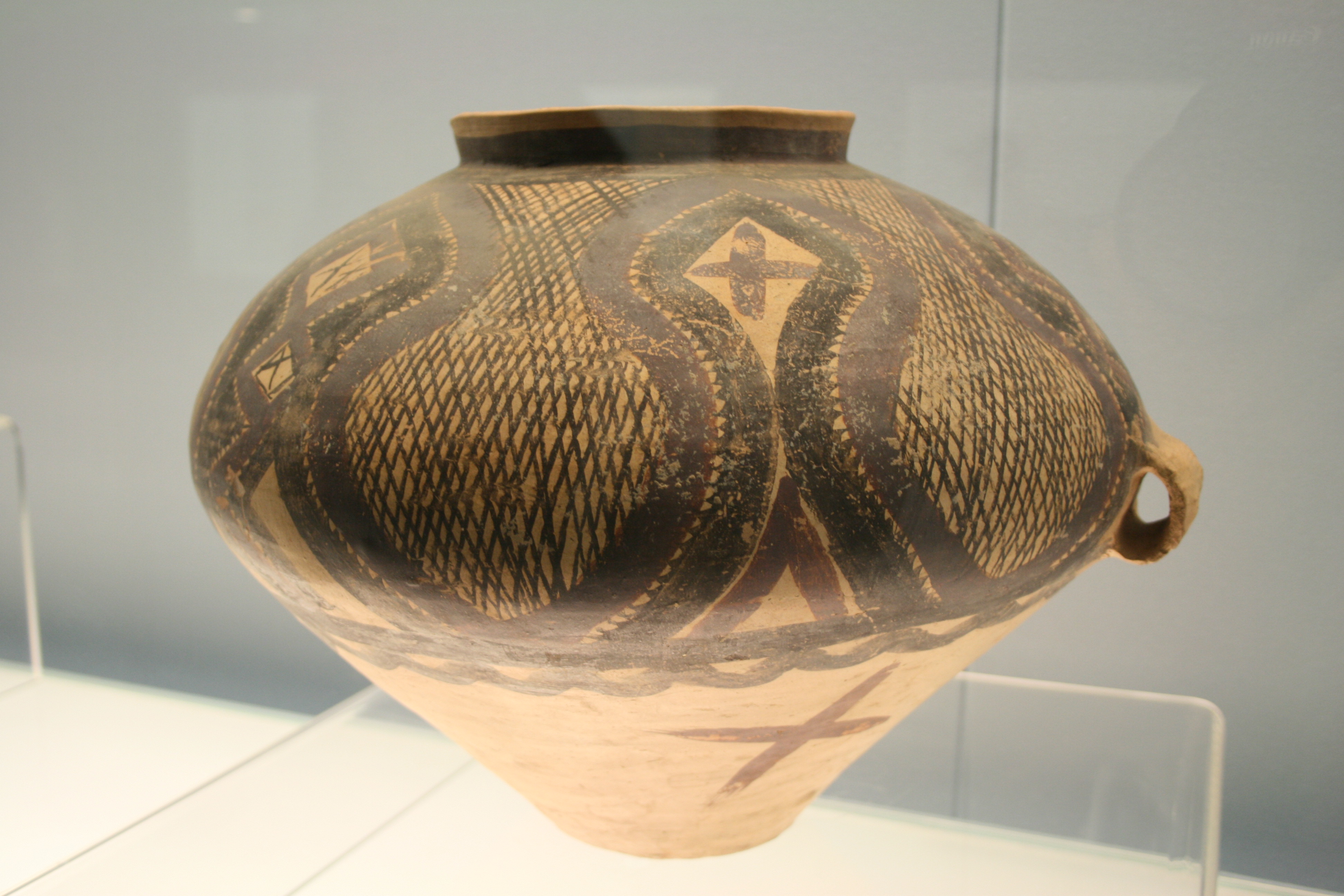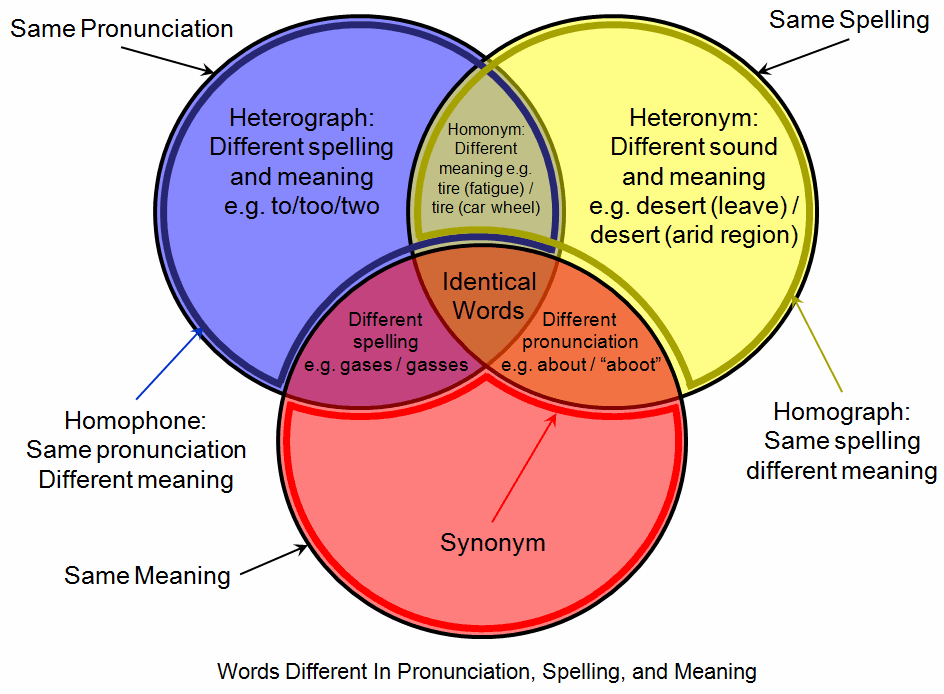|
Kilns
A kiln is a thermally insulated chamber, a type of oven, that produces temperatures sufficient to complete some process, such as hardening, drying, or chemical changes. Kilns have been used for millennia to turn objects made from clay into pottery, tiles and bricks. Various industries use rotary kilns for pyroprocessing (to calcinate ores, such as limestone to lime for cement) and to transform many other materials. Etymology According to the Oxford English Dictionary, kiln was derived from the words cyline, cylene, cyln(e) in Old English, in turn derived from Latin ''culina'' ('kitchen'). In Middle English, the word is attested as kulne, kyllne, kilne, kiln, kylle, kyll, kil, kill, keele, kiele. In Greek the word ''καίειν, kaiein'', means 'to burn'. Pronunciation The word 'kiln' was originally pronounced 'kil' with the 'n' silent, as is referenced in ''Webster's Dictionary of 1828'' and in ''English Words as Spoken and Written for Upper Grades'' by James A. Bowe ... [...More Info...] [...Related Items...] OR: [Wikipedia] [Google] [Baidu] |
Cement Kiln
Cement kilns are used for the pyroprocessing stage of manufacture of Portland cement, portland and other types of hydraulic cement, in which calcium carbonate reacts with silicon dioxide, silica-bearing minerals to form a mixture of calcium silicates. Over a billion tonnes of cement are made per year, and cement kilns are the heart of this production process: their capacity usually defines the capacity of the cement plant. As the main energy-consuming and greenhouse-gas–emitting stage of cement manufacture, improvement of kiln efficiency has been the central concern of cement manufacturing technology. Emissions from cement kilns are a major source of greenhouse gas emissions, accounting for around 2.5% of non-natural carbon emissions worldwide. The manufacture of cement clinker A typical process of manufacture consists of three stages: * grinding a mixture of limestone and clay or shale to make a fine "rawmix" (see Rawmill); * heating the rawmix to sintering temperature (up t ... [...More Info...] [...Related Items...] OR: [Wikipedia] [Google] [Baidu] |
Rotary Kiln
A rotary kiln is a pyroprocessing device used to raise materials to a high temperature (calcination) in a continuous process. Materials produced using rotary kilns include: * Cement * Lime * Refractories * Metakaolin * Titanium dioxide * Alumina * Vermiculite * Iron ore pellets They are also used for roasting a wide variety of sulfide ores prior to metal extraction. Principle of operation The kiln is a cylindrical vessel, inclined slightly from the horizontal, which is rotated slowly about its longitudinal axis. The process feedstock is fed into the upper end of the cylinder. As the kiln rotates, material gradually moves down toward the lower end, and may undergo a certain amount of stirring and mixing. Hot gases pass along the kiln, sometimes in the same direction as the process material (co-current), but usually in the opposite direction (counter-current). The hot gases may be generated in an external furnace, or may be generated by a flame inside the kiln. Su ... [...More Info...] [...Related Items...] OR: [Wikipedia] [Google] [Baidu] |
Brick
A brick is a type of construction material used to build walls, pavements and other elements in masonry construction. Properly, the term ''brick'' denotes a unit primarily composed of clay. But is now also used informally to denote building units made of other materials or other chemically cured construction blocks. Bricks can be joined using Mortar (masonry), mortar, adhesives or by interlocking. Bricks are usually produced at brickworks in numerous classes, types, materials, and sizes which vary with region, and are produced in bulk quantities. Concrete masonry unit, ''Block'' is a similar term referring to a rectangular building unit composed of clay or concrete, but is usually larger than a brick. Lightweight bricks (also called lightweight blocks) are made from expanded clay aggregate. Fired bricks are one of the longest-lasting and strongest building materials, sometimes referred to as artificial stone, and have been used since . Air-dried bricks, also known as mudbricks ... [...More Info...] [...Related Items...] OR: [Wikipedia] [Google] [Baidu] |
Hop Kiln
An oast, oast house (or oasthouse) or hop kiln is a building designed for kilning (drying) hops as part of the brewing process. Oast houses can be found in most hop-growing (and former hop-growing) areas, and are often good examples of agricultural vernacular architecture. Many redundant oast houses have been converted into houses. The names "oast" and "oast house" are used interchangeably in Kent and Sussex, but in Surrey, Hampshire, Herefordshire and Worcestershire they are called "hop kilns". An oast house consists of a rectangular one- or two-storey building (the "stowage") and one or more kilns in which the hops were spread out to be dried by hot air rising from a wood or charcoal fire below. The drying floors were thin and perforated to permit the heat to pass through and escape through a cowl in the roof which turned with the wind. The freshly picked hops from the fields were raked in to dry and then raked out to cool before being bagged up and sent to the brewery. The Ken ... [...More Info...] [...Related Items...] OR: [Wikipedia] [Google] [Baidu] |
Pottery
Pottery is the process and the products of forming vessels and other objects with clay and other raw materials, which are fired at high temperatures to give them a hard and durable form. The place where such wares are made by a ''potter'' is also called a ''pottery'' (plural ''potteries''). The definition of ''pottery'', used by the ASTM International, is "all fired ceramic wares that contain clay when formed, except technical, structural, and refractory products". End applications include tableware, ceramic art, decorative ware, toilet, sanitary ware, and in technology and industry such as Insulator (electricity), electrical insulators and laboratory ware. In art history and archaeology, especially of ancient and prehistoric periods, pottery often means only vessels, and sculpture, sculpted figurines of the same material are called terracottas. Pottery is one of the Timeline of historic inventions, oldest human inventions, originating before the Neolithic, Neolithic period, w ... [...More Info...] [...Related Items...] OR: [Wikipedia] [Google] [Baidu] |
Brickworks
A brickworks, also known as a brick factory, is a factory for the manufacturing of bricks, from clay or shale. Usually a brickworks is located on a clay bedrock (the most common material from which bricks are made), often with a clay pit, quarry for clay on site. In earlier times bricks were made at brickfields, which would be returned to agricultural use after the clay layer was exhausted. Equipment Most brickworks have some or all of the following: *A kiln, for firing, or 'burning' the bricks. *Drying Yard (land), yard or shed, for drying bricks before firing. *A building or buildings for manufacturing the bricks. *A quarry for clay. *A pugmill or clay preparation plant (see below). Brick making Bricks were originally made by hand, and that practice continues in developing countries and with a few specialty suppliers. Large industrial brickworks supply clay from a quarry, moving it by conveyor belt or truck/lorry to the main factory, although it may be stockpiled outside b ... [...More Info...] [...Related Items...] OR: [Wikipedia] [Google] [Baidu] |
Farnham Pottery, Wrecclesham - Bottle Kiln
Farnham is a market town and civil parish in Surrey, England, around southwest of London. It is in the Borough of Waverley, close to the county border with Hampshire. The town is on the north branch of the River Wey, a tributary of the Thames, and is at the western end of the North Downs. The civil parish, which includes the villages of Badshot Lea, Hale and Wrecclesham, covers and had a population of 39,488 in 2011. Among the prehistoric objects from the area is a woolly mammoth tusk, excavated in Badshot Lea at the start of the 21st century. The earliest evidence of human activity is from the Neolithic and, during the Roman period, tile making took place close to the town centre. The name "Farnham" is of Saxon origin and is generally agreed to mean "meadow where ferns grow". From at least 803, the settlement was under the control of the Bishops of Winchester and the castle was built as a residence for Bishop Henry de Blois in 1138. Henry VIII is thought to have spent p ... [...More Info...] [...Related Items...] OR: [Wikipedia] [Google] [Baidu] |
Pit Fired Pottery
Pit firing is the oldest known method for the firing of pottery. Examples have been dated as early as 29,000–25,000 BCE, while the earliest known kiln dates to around 6000 BCE, and was found at the Yarim Tepe site in modern Iraq. Kilns allow higher temperatures to be reached, use fuel more efficiently, and have long replaced pit firing as the most widespread method of firing pottery, although the technique still finds limited use amongst certain studio potters and in Africa. Unfired pots are nestled together in a pit in the ground and are surrounded by combustible materials such as wood, shavings, dried manure, leaves, and sometimes metal oxides and salts to affect the surface of the pots. The top of the pit may be protected with moist clay, shards, larger pieces of wood, or metal baffles. The filled pit is then set on fire and carefully tended until most of the inner fuel has been consumed. At around the maximum temperatures are moderate compared to other techniqu ... [...More Info...] [...Related Items...] OR: [Wikipedia] [Google] [Baidu] |
Oven
upA double oven A ceramic oven An oven is a tool that is used to expose materials to a hot environment. Ovens contain a hollow chamber and provide a means of heating the chamber in a controlled way. In use since antiquity, they have been used to accomplish a wide variety of tasks requiring controlled heating. Because they are used for a variety of purposes, there are many different types of ovens. These types differ depending on their intended purpose and based upon how they generate heat. Ovens are often used for cooking, usually baking, sometimes broiling; they can be used to heat food to a desired temperature. Ovens are also used in the manufacturing of ceramics and pottery; these ovens are sometimes referred to as kilns. Metallurgical furnaces are ovens used in the manufacturing of metals, while glass furnaces are ovens used to produce glass. There are many methods by which different types of ovens produce heat. Some ovens heat materials using the combustion of a ... [...More Info...] [...Related Items...] OR: [Wikipedia] [Google] [Baidu] |
Homophones
A homophone () is a word that is pronounced the same as another word but differs in meaning or in spelling. The two words may be spelled the same, for example ''rose'' (flower) and ''rose'' (past tense of "rise"), or spelled differently, as in ''rain'', ''reign'', and ''rein''. The term ''homophone'' sometimes applies to units longer or shorter than words, for example a phrase, letter, or groups of letters which are pronounced the same as a counterpart. Any unit with this property is said to be ''homophonous'' (). Homophones that are spelled the same are both homographs and homonyms. For example, the word ''read'', in "He is well ''read''" and in "Yesterday, I ''read'' that book". Homophones that are spelled differently are also called heterographs, e.g. ''to'', ''too'', and ''two''. Wordplay and games Homophones are often used to create puns and to deceive the reader (as in crossword puzzles) or to suggest multiple meanings. The last usage is common in poetry and creati ... [...More Info...] [...Related Items...] OR: [Wikipedia] [Google] [Baidu] |
Before Common Era
Common Era (CE) and Before the Common Era (BCE) are year notations for the Gregorian calendar (and its predecessor, the Julian calendar), the world's most widely used calendar era. Common Era and Before the Common Era are alternatives to the original Anno Domini (AD) and Before Christ (BC) notations used for the same calendar era. The two notation systems are numerically equivalent: " CE" and "AD " each describe the current year; "400 BCE" and "400 BC" are the same year. The expression can be traced back to 1615, when it first appears in a book by Johannes Kepler as the (), and to 1635 in English as " Vulgar Era". The term "Common Era" can be found in English as early as 1708, and became more widely used in the mid-19th century by Jewish religious scholars. Since the late 20th century, BCE and CE have become popular in academic and scientific publications on the grounds that BCE and CE are religiously neutral terms. They have been promoted as more sensitive to non-Christians ... [...More Info...] [...Related Items...] OR: [Wikipedia] [Google] [Baidu] |
Iraq
Iraq, officially the Republic of Iraq, is a country in West Asia. It is bordered by Saudi Arabia to Iraq–Saudi Arabia border, the south, Turkey to Iraq–Turkey border, the north, Iran to Iran–Iraq border, the east, the Persian Gulf and Kuwait to the Iraq–Kuwait border, southeast, Jordan to Iraq–Jordan border, the southwest, and Syria to Iraq–Syria border, the west. The country covers an area of and has Demographics of Iraq, a population of over 46 million, making it the List of countries by area, 58th largest country by area and the List of countries by population, 31st most populous in the world. Baghdad, home to over 8 million people, is the capital city and the List of largest cities of Iraq, largest in the country. Starting in the 6th millennium BC, the fertile plains between Iraq's Tigris and Euphrates rivers, referred to as Mesopotamia, fostered the rise of early cities, civilisations, and empires including Sumer, Akkadian Empire, Akkad, and Assyria. Known ... [...More Info...] [...Related Items...] OR: [Wikipedia] [Google] [Baidu] |









